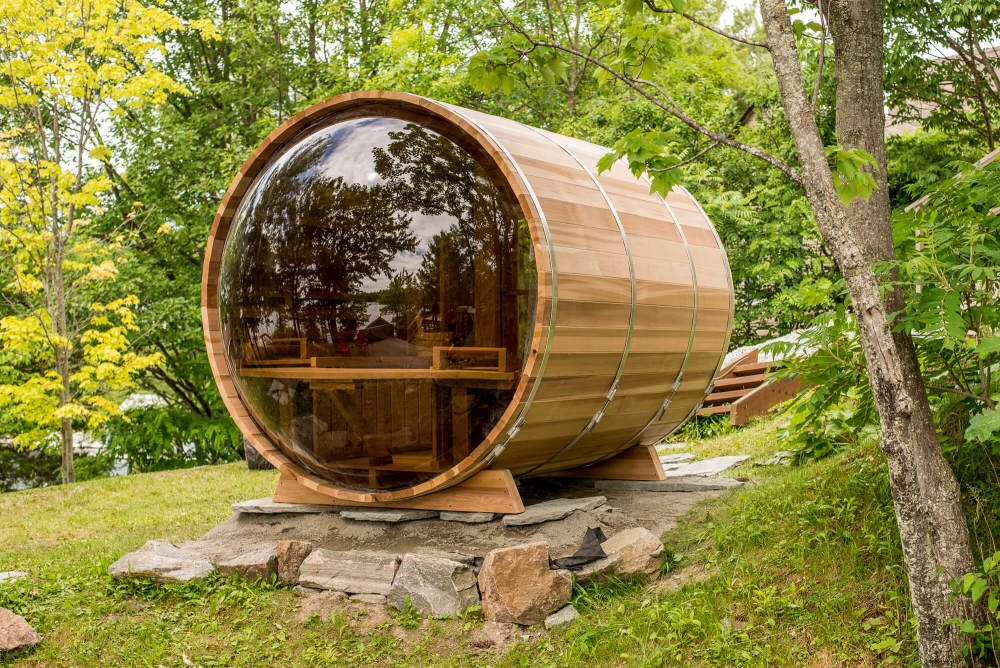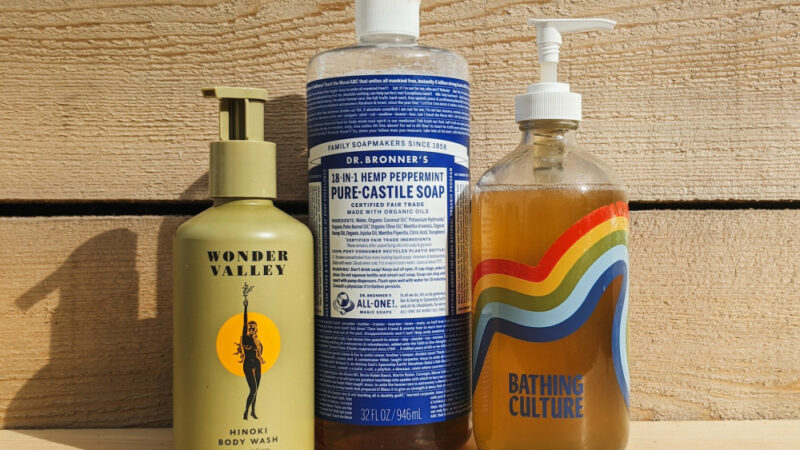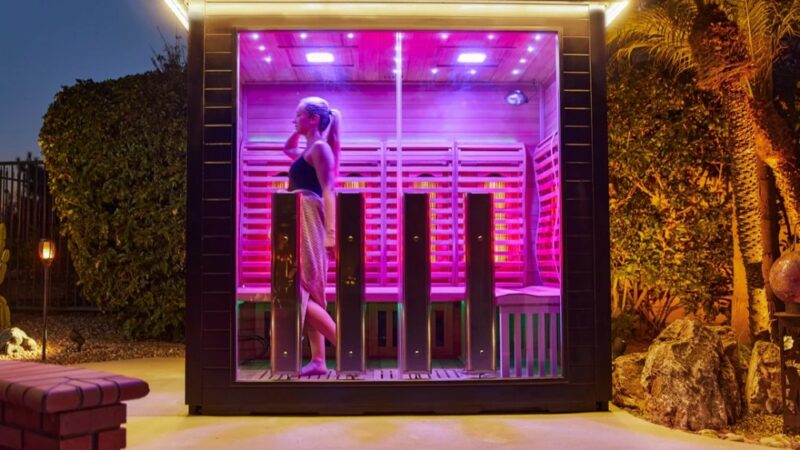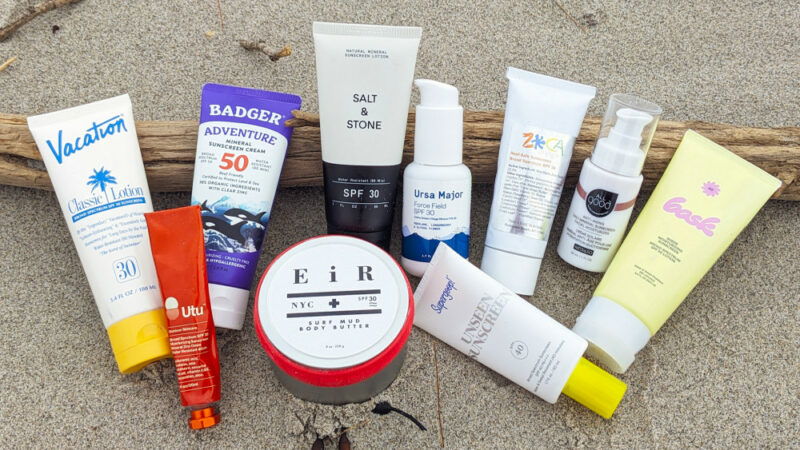The Complete Guide to Buying and Owning a Barrel Sauna

Longtime readers of Field Mag will know that we’re endlessly fascinated by the art of heat bathing, along with wood fired hot tubs, and even cold plunging, as a way of being immersed in nature through a timeless restorative practice that’s so dang relaxing. Join us as we dive into the world of barrel saunas and share practical advice, smart buying strategies, and our top picks to help you find the perfect sauna for all your future sweat sessions.
What Are the Benefits of the Barrel Sauna Design?
Reminiscent of a large whiskey barrel, the barrel sauna’s cylindrical shape pushes the heat down low, preventing it from rising up to the ceiling, which makes it more efficient to heat than a square-shaped or cabin-style sauna. “When you’re in a sauna, you want the most equal heat distribution possible, so your head isn’t sweating while your toes are cold,” says Stewart Jensen, Director of Product Design at Redwood Outdoors, the Washington State-based manufacturer of top quality saunas, hot tubs, and cold plunge tubs. “The barrel shape is the best choice for creating a naturally even heat distribution.”
On the exterior, the rounded top allows water and snow to slide off, prevents leaves and other debris from piling up, and because the rounded bottom doesn’t sit flat on the ground, there’s plenty of ventilation underneath to keep it dry, so you don’t have to worry about moisture becoming an issue.
What Type of Wood Are Barrel Saunas Made From?
All barrel saunas are made of cedar, spruce, or pine wood. However, cedar reigns supreme as the wood of choice for its inherent weather and rot-resistant properties, beautiful appearance, and when using Western red cedar (the most high-quality option), it releases a lovely woody aroma that, according to bar stool science, can even repel bugs! Cedar barrel saunas are the most practical and aesthetically-pleasing in comparison to spruce and pine, and are the most popular type of wood used to make hand-crafted barrel saunas throughout the USA and Canada.
Keep in mind, cedar, and red cedar, especially, is going to be more expensive because of the higher quality. Some companies will offer an option to choose knotty wood or clear wood, the main difference being knotty wood has more noticeable wood grain and variations, which makes it cheaper than a clear wood, but overall, the quality is the same.
A quick pro-tip for care and maintenance of a cedar or wooden barrel sauna is to avoid using any cleaning solution or chemical treatment in the sauna room that you wouldn’t want to breathe in. Cedar barrel saunas don’t need to be treated because the wood is naturally durable, but you can use a non-toxic cleaning solution on the benches and backrests, like a water and vinegar solution, if you prefer. On the exterior, it’s fine to use a stain to maintain the appearance of the wood.
Source: https://www.fieldmag.com/articles/barrel-sauna-guide






